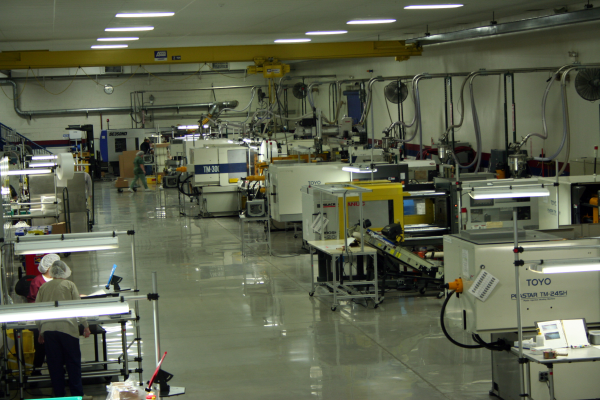Your product design may look perfect on paper, but will never achieve a flawless finish in its initial production phase. The best way to find out what works or doesn’t is rigorous testing, assessment and refinement. Rapid prototype tooling machine helps you to convert great concepts into successful products.
3D Printing and Injection Mode
Blending rapid prototyping with 3D allows flexibility necessary to make this important trial and error procedure possible. Finding and altering the flaws in design cycle avoids rework, scrap, and retooling. It can turn out to be quite costly.
Physical models can convey ideas more prominently than computer models to your customers, collaborators, and marketers. Even the engineers get to respond appropriately to every detail and clear feedback provided.
3D printing has revolutionized the traditional ways of prototyping and testing. This technique creates the sample parts more rapidly and cheaply in comparison to customary manufacturing methods. This enables the designers to considerably shorten the iteration phases and pre-planned time to market their products. 3D technology has been adapted in majority of companies even the small medical device companies are investing in 3D rapid prototyping tool.
3D print carries the product to development process basically due to material limitations. It is preferable to construct functional prototypes employing the parent materials (intended for using in final product).
For example, building prototypes from specified materials enable accurate verification and validate testing of medical devices by FDA. It is found that parent materials are not compatible with advanced 3D technology. In addition, 3D cannot deliver the reliability or surface finish needed to satisfy regulatory testing requirements.
For this reason device making companies use injection molding (IM) for building their functional prototypes. Injection molding is capable of producing accurate plastic parts from parent materials. 3D printed molds are installed directly on IM machine. During testing, if it is found that the design needs a little improvement, just alter the mold directly in CAD. Simultaneously, the 3D will print the subsequent iteration.
3D printed molds discovers the errors early, when it is easy to fix. It helps to reduce time-consuming and expensive mold corrections and speeds product development.
Plastic injection mold process is a versatile technique to manufacture products and parts.
Advantages of Using IM for Plastic Parts
Complex geometry detailed – During molding process, IM are subjected to very high pressure. Consequently, due to high pressure the intricate and complex shapes get detailed on the plastic.
High output rate – Injection molds are designed as per client’s specifications. With this pre-program feature, plastic IM process hardly takes time, manufacturing more parts from one mold. High output rate makes the plastic molding process more efficient and cost-effective.
Improves strength – You can use fillers in IMs. These fillers decrease the plastic density, while molding and adds extra strength and durability to the necessary parts.
Use multiple kinds of plastic – The ability of IM process of using different kinds of plastic simultaneously eliminates the concern about using a specific kind.
Automation saves manufacturing costs – Automation reduces the cost of overheads significantly. With decreased in workforce the overall manufacturing costs of parts are lessened. CAD/CAM allows close tolerance, during mold making process.
Plastic injection molding process is eco-friendly. The plastic scrap generated can be re-cycled. Hence, this process produces negligible waste.



